.png)
Why Your Hospital Needs an Emergency Alert System: A Critical Investment for Safety
In today's fast-paced healthcare environment, ensuring the safety and well-being of patients and staff is a top priority. As emergencies can arise at any moment, having a robust emergency alert system in place is not just a luxury but a necessity. This blog delves into why your hospital should invest in an advanced emergency communication system?
Understanding the Importance of an Emergency Communication System
Hospitals are high-stress environments where timely information can make a crucial difference between life and death. An effective emergency communication system ensures that critical information is delivered promptly to the right people. This system is designed to handle a wide range of situations, from internal incidents such as power outages and security breaches to external crises like natural disasters and mass casualty events.
By integrating an emergency alert system, your hospital can ensure a coordinated response, minimize confusion, and enhance overall safety. The speed and efficiency of communication in emergencies can significantly impact patient outcomes, staff safety, and the hospital's ability to manage the situation effectively.
Key Features of an Effective Emergency Alert System
- Real-Time Alerts and Notifications: An emergency alert system should provide instant notifications to all relevant personnel. This includes alerts for immediate threats, updates on the situation, and instructions for action. With real-time updates, your hospital can react swiftly and effectively to emerging threats.
- Multichannel Communication: Effective emergency communication systems utilize multichannels to reach recipients. These channels may include text messages, emails, phone calls, and push notifications through an emergency alert app. By using various methods, the system ensures that messages are received even if one channel fails.
- Scalability and Customization: Hospitals vary in size and complexity, and so should your emergency alert system. A scalable system allows you to tailor alerts to specific departments or locations within the hospital. This customization ensures that the right people receive relevant information based on their roles and responsibilities.
- Automated Alerts and Predefined Templates: To streamline the communication process, emergency alert systems often come with predefined templates for common scenarios. This automation speeds up the alert process and reduces the likelihood of errors, allowing for more efficient responses.
- Integration with Existing Systems: For a seamless operation, the emergency alert system should integrate with your hospital's existing IT infrastructure. This includes integration with patient management systems, security systems, and internal communication tools. This interconnected approach ensures that all systems work together during an emergency.
- User-Friendly Interface: The system should be easy to use for both administrators and end-users. A user-friendly interface ensures that alerts can be sent quickly and accurately, even under pressure.
Benefits of Using an Emergency Alert App
The evolution of technology has introduced emergency alert apps that enhance the functionality of traditional systems. These apps offer several benefits, including:
- Accessibility and Mobility: Emergency alert apps provide access to alerts and notifications from anywhere. Whether staff members are on the hospital grounds or off-site, they can receive crucial updates instantly, ensuring they are always informed and prepared.
- Enhanced Communication: These apps often feature two-way communication capabilities, allowing staff to acknowledge receipt of alerts and provide real-time feedback. This feature facilitates better coordination and ensures that everyone is on the same page.
- Real-Time Tracking and Analytics: Modern emergency alert apps offer tracking and reporting features, providing valuable insights into how alerts are managed. This data helps in evaluating the effectiveness of responses and identifying areas for improvement.
- Increased Engagement and Compliance: By using an app that integrates with staff members' mobile devices, hospitals can increase engagement with the alert system. This increased accessibility encourages compliance and ensures that alerts are acted upon promptly.
Implementing an Emergency Notification App: A Strategic Move
An emergency notification app is a strategic tool for enhancing your hospital’s emergency preparedness. Implementing such an app involves several steps:
- Assess Your Needs: Start by evaluating your hospital's specific emergency communication needs. Consider factors such as the size of the facility, the types of emergencies you commonly face, and the existing communication infrastructure.
- Choose the Right System: Select an emergency alert system and app that align with your requirements. Look for features such as real-time alerts, multichannel communication, and integration capabilities. Research and choose a provider that offers robust support and ongoing updates.
- Train Your Staff: Proper training is essential for ensuring that staff members are familiar with the emergency alert system and app. Conduct regular drills and provide clear instructions on how to use the system effectively during emergencies.
- Test and Update Regularly: Regularly test the system to ensure its reliability and effectiveness. Update the system and app as needed to address any issues and incorporate new features that enhance functionality.
- Foster a Culture of Safety: Encourage a culture of safety within your hospital by promoting the importance of timely communication and adherence to emergency protocols. An effective alert system is only as good as the people using it.
Conclusion
Investing in an emergency alert system is a crucial step towards enhancing the safety and efficiency of your hospital’s operations. By leveraging advanced emergency communication systems, alert apps, and notification tools, you can ensure that your hospital is prepared to handle emergencies effectively. Prioritizing this investment not only protects your patients and staff but also reinforces your hospital’s commitment to safety and excellence.
For more information on implementing a robust emergency alert system, visit Alertify's Emergency Alert Systems and discover how you can enhance your hospital’s emergency preparedness today.
Recent Blogs
What does AlertifyApp do? The Power of AlertifyApp
13 Aug, 2024
Why Do I Need an Emergency Communication System?
18 Jul, 2024
Effective Internal Communication with Alertify
01 Jun, 2024


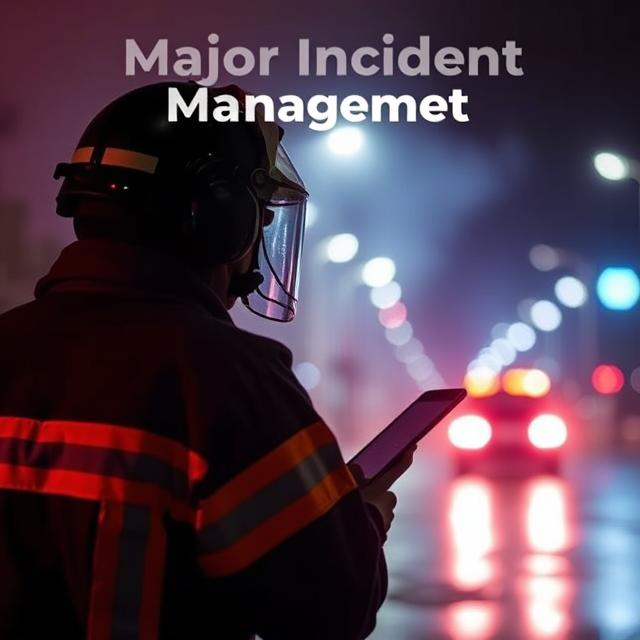



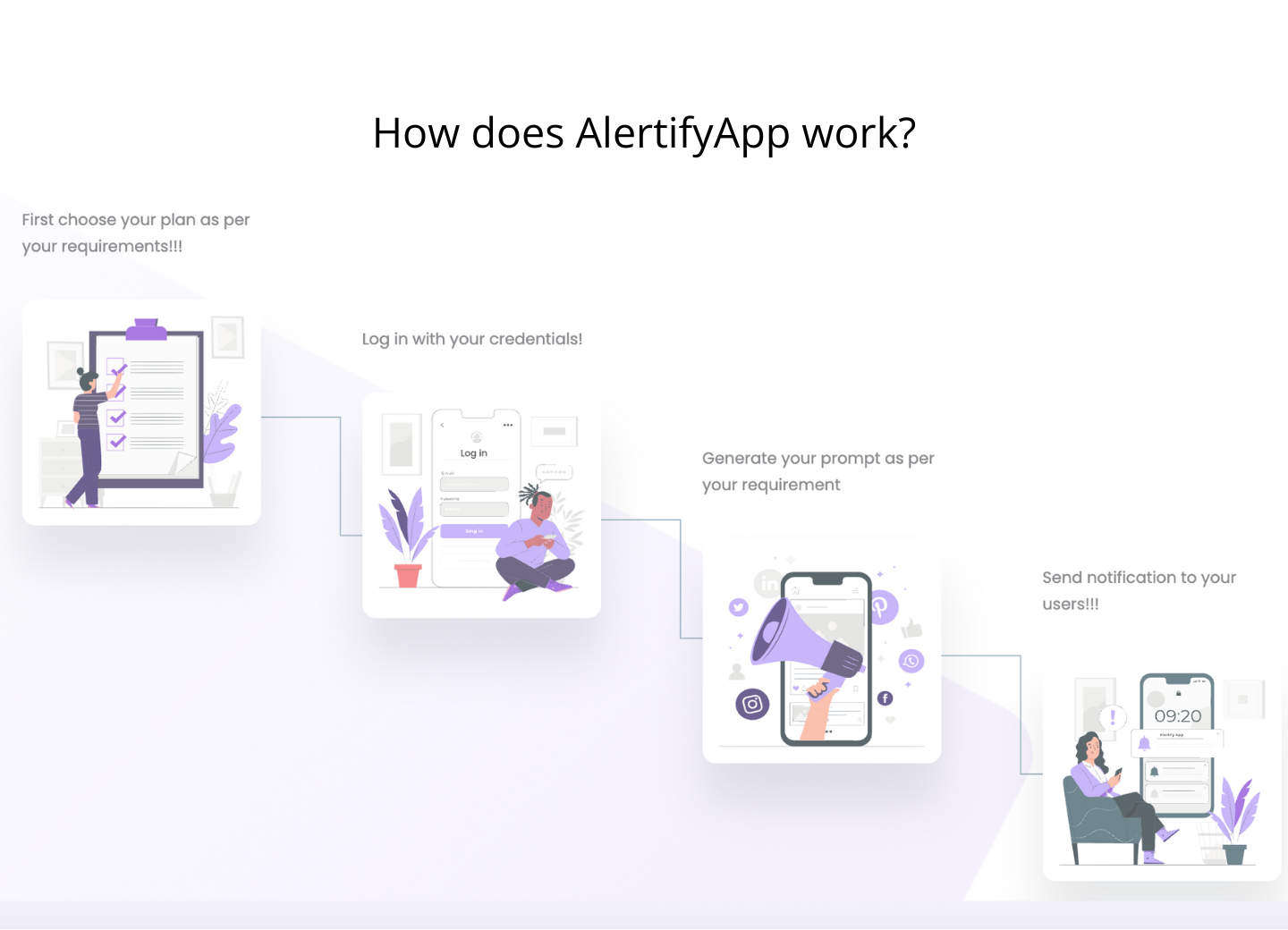
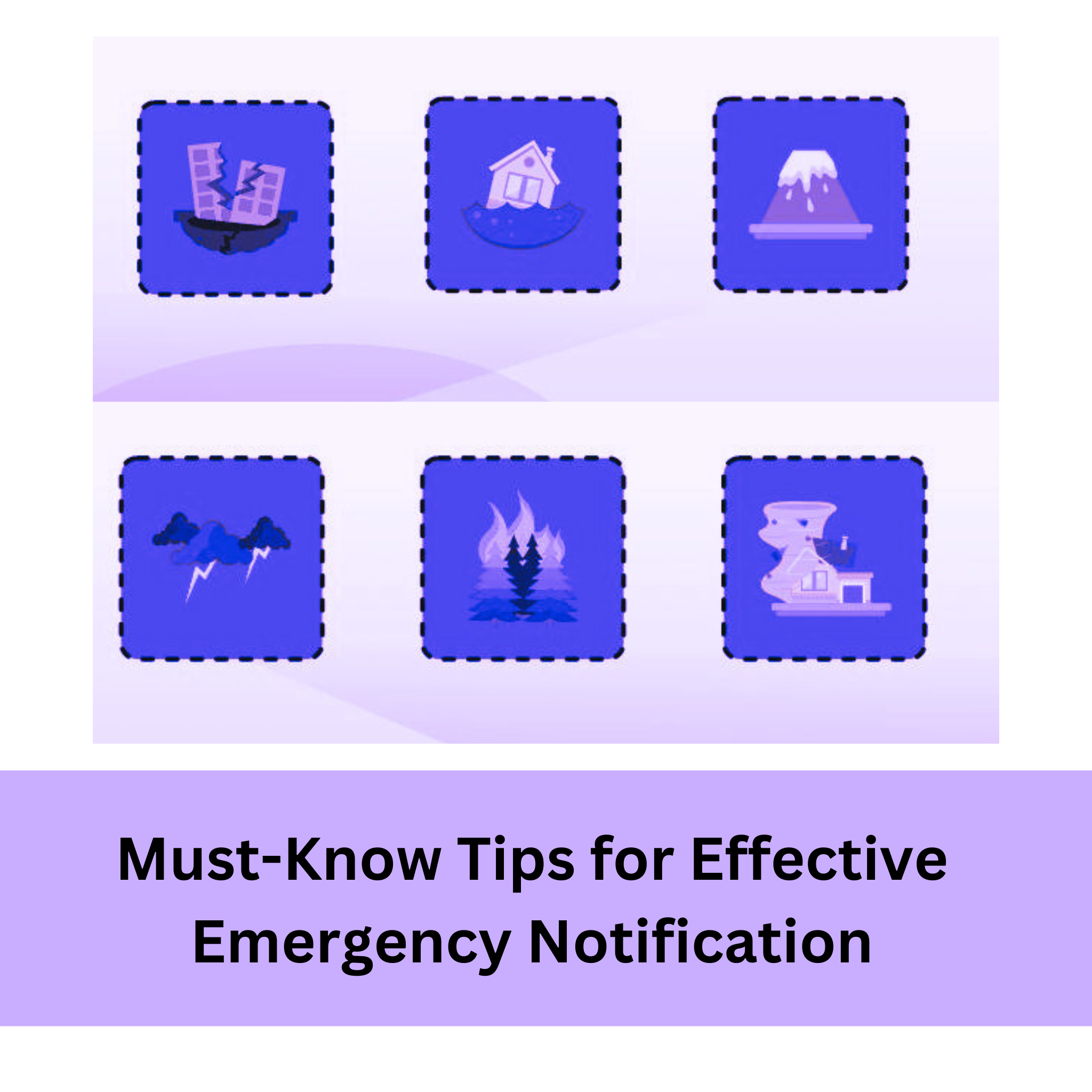
-min.png)
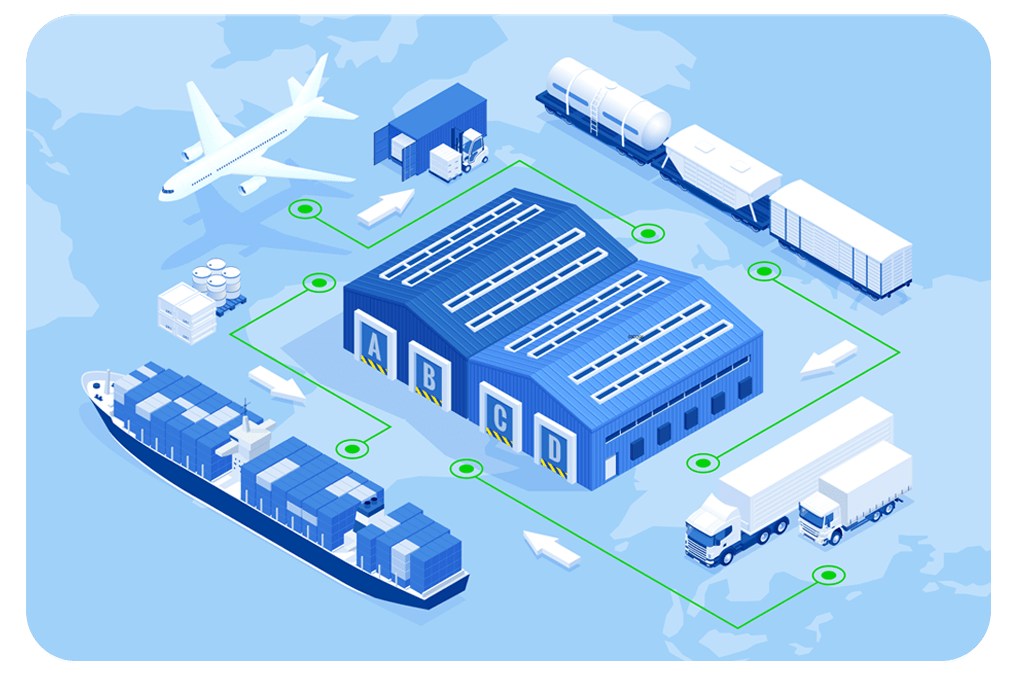
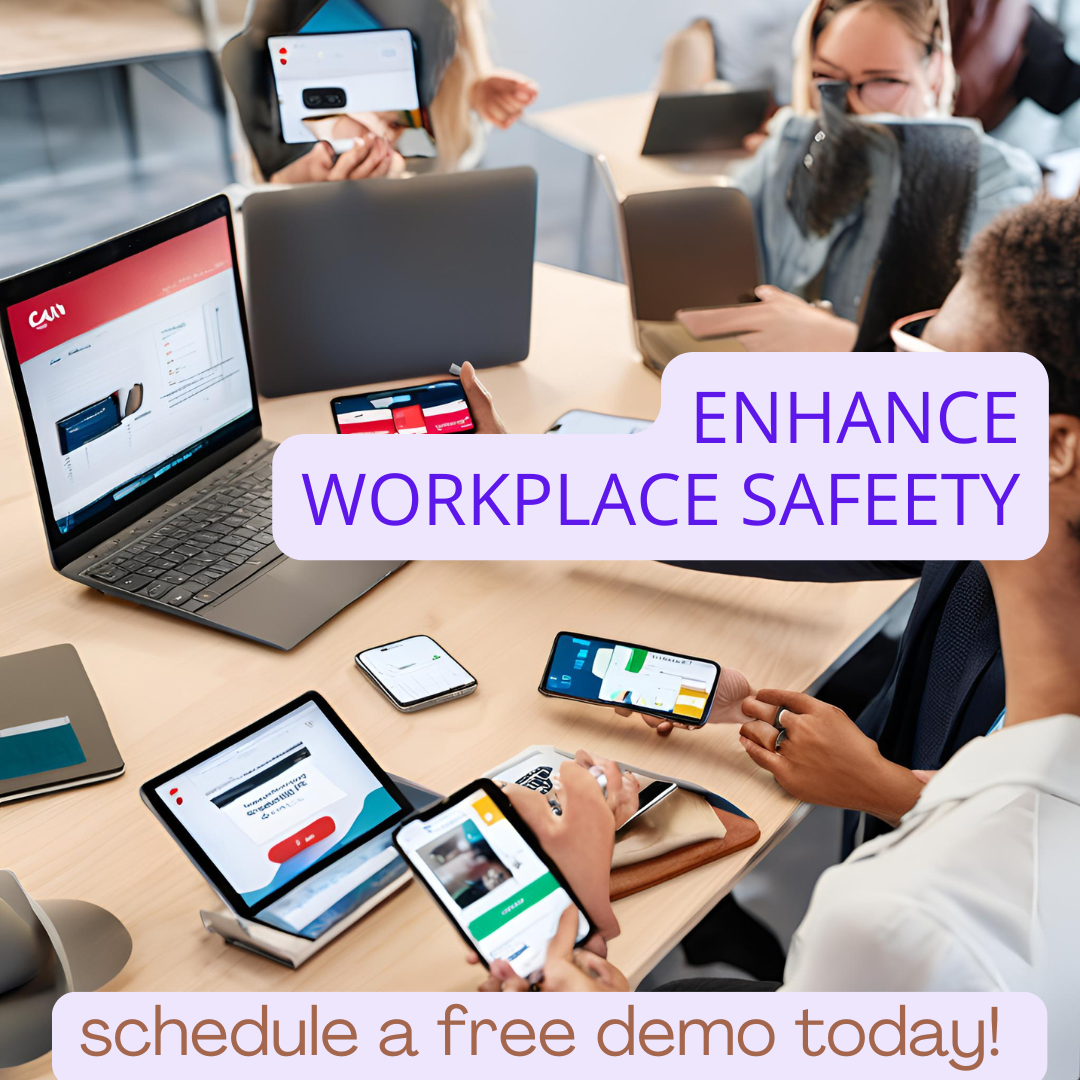
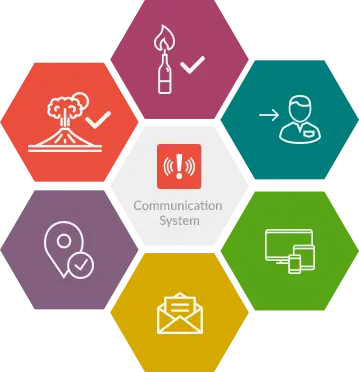
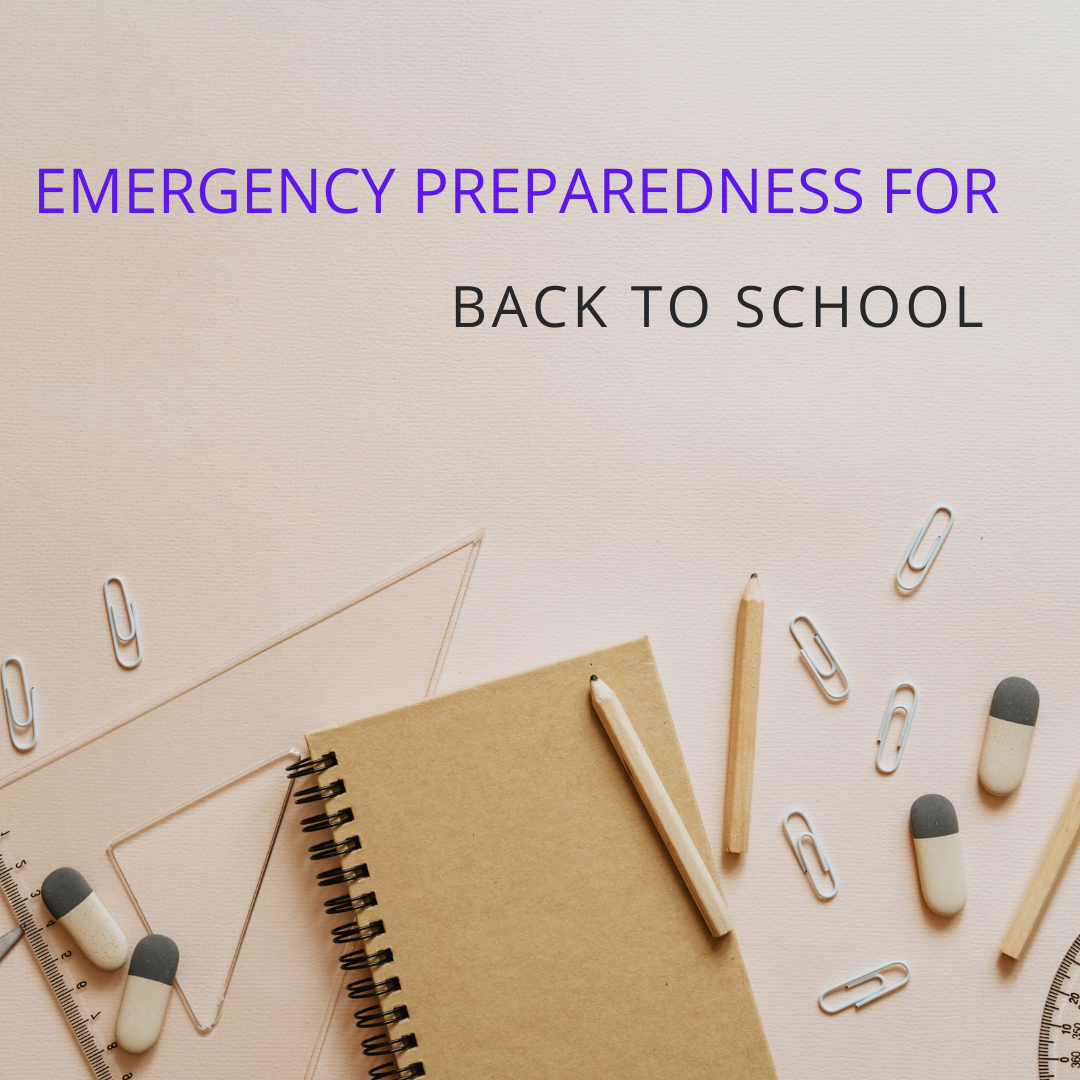
.png)
.png)
.png)

.png)
.png)
.jpg)
.jpg)

